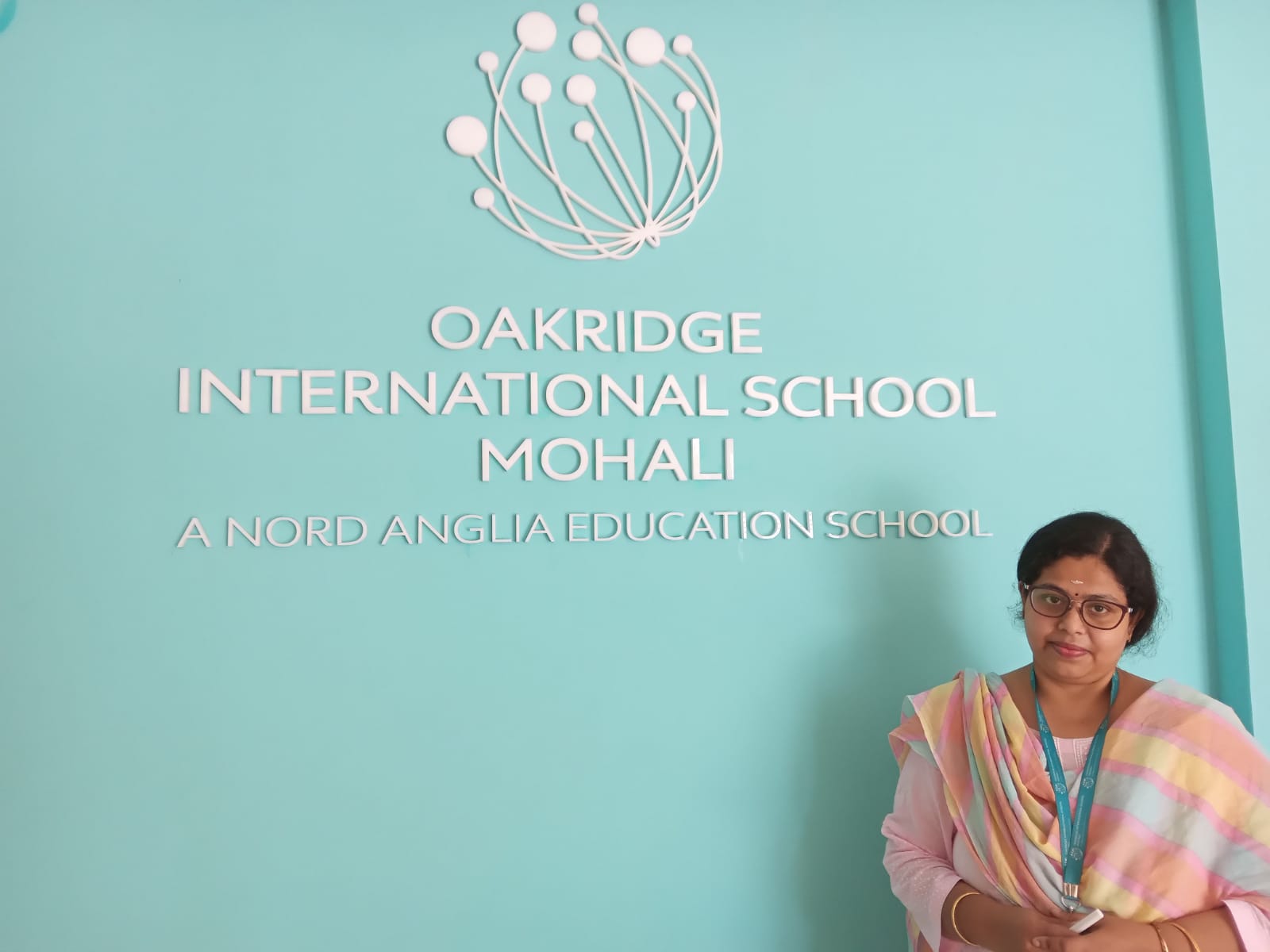We use cookies to improve your online experiences. To learn more and choose your cookies options, please refer to our cookie policy.

From painting to drawing, singing, coding, or playing an instrument, being creative is a term that covers a wide range of abilities and interests. But what is creativity? In my view, it’s the ability to develop ideas by making new connections using knowledge acquired through critical thinking and reflection. Creativity is all about free-willed thinking and unique ideas put into action.
We can all agree that creativity is an important life skill to have, and an attribute that we all want to inculcate in children from a young age. Why, exactly? Because we believe creativity helps unlock a child’s potential across all their subjects and teaches them how to best express themselves.
In words of Sir Ken Robinson, an education expert who I admire, “we don’t grow into creativity, we grow out of it or rather we get educated out of it”. His conclusion was based on an experiment he conducted to understand how creativity is enhanced as learners get older. He studied a group of Early Years students who showed incredible creativity, monitoring them at five-year intervals. Sadly, he noticed those signs of creativity diminishing as the children climbed up in grades, and the experiment suggested that growing older and academically smarter doesn’t necessarily ensure one will be more creative as well.
So, what can we do to ensure a child’s creative spark isn’t extinguished as they get older? What can be done to nurture creativity and make it really stick?
This can’t be done simply through giving students precise instructions through a lectures, so here are a few easy-to-follow tips to nurture creativity in your child:
1.Listen to your child – Though it may take a lot of time and patience, we should encourage children to share their thoughts. This is important because once deterred, a child can develop a hesitancy to share their own ideas with others, impacting their mental health.
2.Allow your child to explore – Give resources to your child for experimentation. Let them try fun new things and see where their real interests are. Take them on nature walks, explore natural treasures that nurture a love for nature. Prompt them to spend time and energy to analyse and reflect on different activities. Direct your child’s interest towards DIY projects to develop their creativity. Above all, allow your child to make mistakes and learn along the way. An emotionally safe environment is conductive to developing creative thinking skills.
3.Give them responsibilities and allow them to be independent – Children learn that independence comes with managing their responsibilities well. Have fun and engaging discussions as a family. This will allow your child to understand his or her roles and responsibilities as a member of your family and, eventually, in society at large.
4.Encourage divergent thinking – Prompt children to ask questions. Asking questions is an essential aspect of divergent thinking, which is a thinking process which involves finding multiple creative solutions. Research suggests it’ is important to advance complex thinking in children to make them comfortable with uncertainties. Be sure not to dismiss their ideas too quickly as to avoid demotivating or embarrassing them.
5. Bibliotherapy – Research suggests that reading books stimulates the ability in children to empathise with their own experiences and it allows them exposure to new characters, ideas, and scenarios.
6. Collaboration and cooperation – The skill of being able to adapt and be accommodating within a group empowers complex social thinking and problem solving in children. Engage them in unstructured play with other children. Allow them to explore their horizons through activities like chain storytelling, team sports, cooperative reading and so on.
7. Model – Demonstrate praise, self-reflection, and empathy to direct your child towards more mature solutions to emotional tasks. Metacognition, or intentional thinking about one’s own thinking, is often a forgotten aspect of the thinking process which we should teach and make a practice from a young age.
8. Make co-curricular components an integral part of development – Music, theatre, fine arts, puppetry, martial arts, and movement in any form. Allow students to explore and use their body and different postures in different spaces. Encourage originality and persistence in all that they do.
9. Encourage different ways of thinking – Cognitive psychologists Eleni Mellou suggest that thinking dispositions (ways of thinking) are unique and vast. How an individual acquires knowledge is specific and contextual, based on the individual’s experiences. It is vital to note that textbooks and curriculum teach only a fraction of the greater knowledge and there is much more for our children to explore which can be achieved with the consistent support from their ecosystem.
Creativity in our schools
From a teacher’s point of view, many of our classroom activities here at Oakridge Mohali are all about enhancing each learner’s creativity. Whether it be developing new skills or learning new information, we always make it a point to teach in a way that sparks children’s creativity.
Creativity is also at the core of all Nord Anglia schools, and one of our overarching global education strategy pillars is to foster creativity through unique learning experiences in and out of school. As Einstein said, “Creativity is intelligence having fun”.
By Thangalakshmi Ramakrishnan, Grade 5 A-Homeroom Facilitator and NAE-MIT Lead, Oakridge International School Mohali